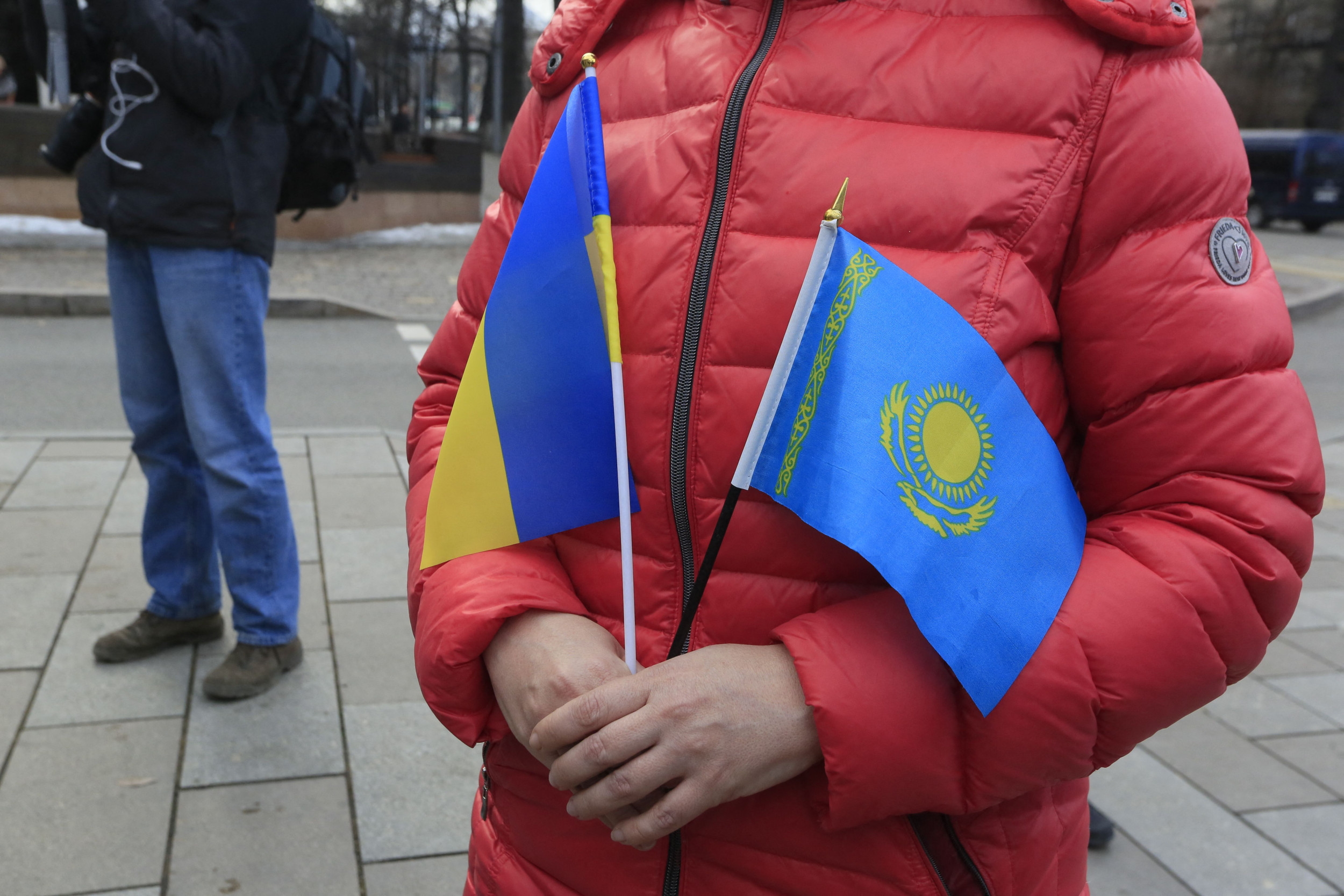Rare View From Space Leaves Internet Speechless: 'Mesmerizing'
The aurora borealis is one of the most spectacular phenomena visible to the human eye. But have you ever wondered what this spectacular light show looks like from space?
Content creator @wonderofscience has created a timelapse using photos taken from NASA's Earth Science and Remote Sensing Unit on the International Space Station to showcase the aurora's distinctive green and purple ripples from the other side.
In the footage, the green lights can be seen snaking their way across the northern hemisphere, while strong purple light pillars can be seen in the background setting up into space.

The aurora borealis, also known as the northern lights, is an atmospheric phenomenon caused by activity on the surface of the sun.
When solar storms take place on our sun's surface, huge clouds of electrically charged particles are sent out into space, stretching over millions of miles. Some of these charged particles eventually collide with our planet.
Most of them are deflected by the strong magnetic shield that surrounds the Earth, but some end up being captured by the planet's magnetic field and travel down towards the North Pole and South Pole.
These particles then collide with atoms and molecules in the atmosphere and heats them, which ultimately causes them to glow. In other words, the aurora occurs when atoms and molecules in our own atmosphere smash into particles from the sun.
Brett Carter, an associate professor in space science at RMIT University of Australia, previously told Newsweek that the colors of the aurora result from the different gasses that make up our atmosphere. "The different colors are the result of electrons relaxing from different energy levels from oxygen (the most common reds and greens) and nitrogen (dark reds/blues)," he said.
The aurora is most clearly visible during strong solar storms. "Stronger storms will impart more energy on the electrons in our Earth's magnetic environment or magnetosphere," Daniel Brown, an associate professor in astronomy and science communication at Nottingham Trent University in the U.K, previously told Newsweek. "These electrons are then going to be the source of the light seen in southern/northern lights."
Wonder of Science's 25-second video has been viewed over 100,000 times, receiving thousands of likes and comments on several different media platforms.
"The aurora seen from space is a mesmerizing natural light show that never fails to captivate," one user commented on Twitter.
"We look like a delicious space melon," said one user on Mastodon.








